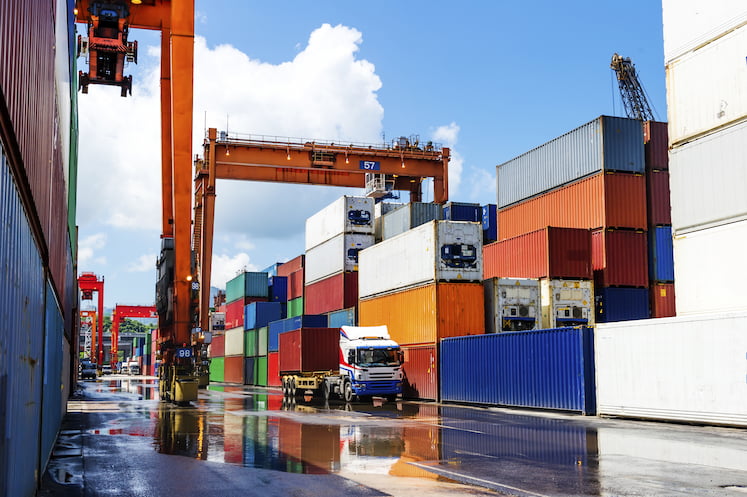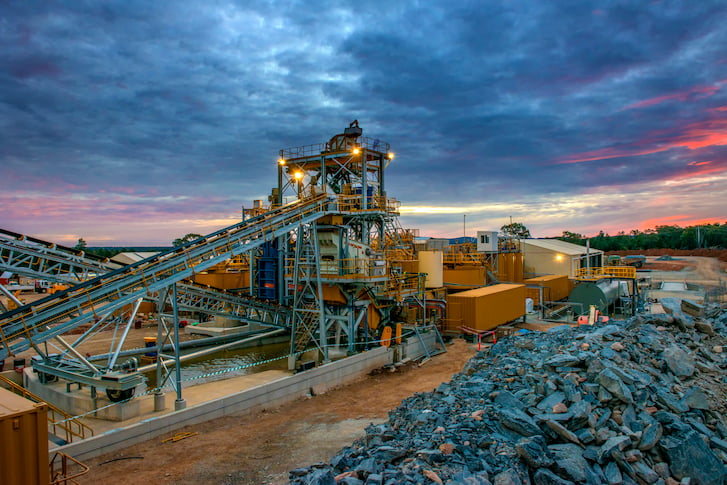Transforming and staying relevant means different things to different businesses.
There’s a lot at stake for global mining giant BHP, which has been around since 1851, but it’s not resting on its laurels.
Chief Transformation Officer Jonathan Price said BHP’s transformation will ensure the business thrives under a range of scenarios and possibilities.
The ability to analyse predictions and their impacts is crucial, he said, even knowing that they can be wrong. They will, ironically, produce more stable and predictable operations.
“That’s because our people centric approach to change builds capability and empowers our teams to access the tools and data that they need to make better decisions,” he told the Seven West Media Resources Technology Showcase in 2019.
“That’s the dichotomy in my role. It’s double edge – managing the transition to a new way of working without missing a beat in terms of operational performance.
“So sounds simple, right? Well, not quite. Because today we are in a world of rapidly changing state of our expectations, exponential technological advances and an evolving gig economy.
“We have to see around corners, anticipate what we might need, so that we’re future proofing the business along the way.”
Price said to do this, BHP is addressing three predictions, or trends, including:
- climate change
- technology in mines
- data and analytics.
While he hopes he’s right about them, he said addressing them will help set the conditions for the company’s entire global workforce to succeed in a “world where change is the only constant”.
Here’s a snapshot of how it’s transforming based on the three themes:
1 Climate change
BHP’s long-term goal is to achieve net zero emissions from its operations by 2050 but with climate change now a daily talking point, Price said zero emissions is an absolute necessity.
The company was working through options to drive energy efficiency and deploy lower emissions technologies across all its global operations, including trialling electric vehicles, announcing renewable power agreements and trialling new technologies such as the development of direct capture, which removes Co2 from the atmosphere.
2 Technology in mining
The whole industry is benefiting from technology in mining, which is shifting the majority of the workforce away from traditional mining towards digital innovation.
With technology embedded across the supply chain, Price said technology will not just have a seat at the table but will be part of every seat at the table.
“And what I mean by this is that for every function, every person will need some level of competence in technology regardless of whether they are in finance or mine planning,” he said.
“This is both a challenge and a huge opportunity.”
“So to prepare our vast workforce for the shift away from traditional mining towards digital innovation, there are two things we have to get absolutely right. Those two things are culture and capability.
“We need a culture that is fast paced, dynamic and empowers people to collaborate to continuously deliver change and improvement – a workplace where we can fail fast, and learn quickly.”
BHP’s innovation centre in Welshpool has been empowering people to turn ideas into reality through its own resources and partnerships, such as the pedestrian avoidance system that is fitted to forklifts to improve safety onsite.
“We weren’t able to buy it off the shelf, so it’s been developed and tested in-house and piloted in Eastern Ridge, Newman and Nickel West, Port Hedland,” he said.
“This approach perhaps is typically something you would have seen more in Silicon Valley than here in Perth, Western Australia but this is the future of mining.”
To assist with ensuring the right capabilities, the company is funding education options such as automation, digital and drone courses as well as training its own workforce for redeployment.
3 Data and analytics
Hand-in-hand with digital transformation of mine sites has been the sudden access to “petabytes and petabytes” of data, which Price said means nothing without the ability to make sense of the big data.
Employees now have access to “a single source of truth” when it comes to data and they can access it on almost any type of device. Technology enhancements mean more and more sensors are fitted to plant and equipment, allowing for breakthroughs in maintenance.
With breakdowns costing large amounts of time and money, preventing them helps keep operations safe and predictable, with BHP expecting to reduce maintenance costs by 15-25 per cent by 2024-25. In Australia alone, the company has 3000 machines and conducts almost two million maintenance jobs annually.
“We’re also working on a number of projects that use data to determine the condition of equipment in real time and evaluate when it should be performed to pre-empt equipment failure so that it can be replaced before it breaks down,” Price said.
“This in turn can be used to develop machine learning algorithms to create smarter limits for our maintenance crews, so rather than being reactive, we’re rapidly becoming predictive.”
A team at BHP’s Yandi mine in the Pilbara is developing a predictive analytics tool to prevent breakdowns on conveyor belts, one of the most vital pieces of equipment.
“Using data, they’ve developed a tool that reads the condition on the conveyors and helps to predict when the belts will misalign or rip. When these situations occur production grinds to a halt,” Price said.
“Preventing them avoids lost production revenue and saves on costly maintenance. It also helps us to better schedule planned maintenance which is far safer for our people.”
Data analysis extends to the supply chain, such as the 1500 voyages BHP charters each year to move its commodities around the globe.
“These vessels are travelling a distance that is equivalent to 29 trips to the moon and back each year,” he said.
“Weather and safety make this an unpredictable game. Everything ends up where it needs to be but efficiency in the shipping process can vary greatly.”
BHP is working with ship owners, ports and its own technical managers to create algorithms that use data to better predict vessel safety performance, thereby reducing risks and delays in the supply chain.
“Better planning can save a lot of money. And this initiative is expected to deliver millions of dollars benefits beyond financial year 2020.”






